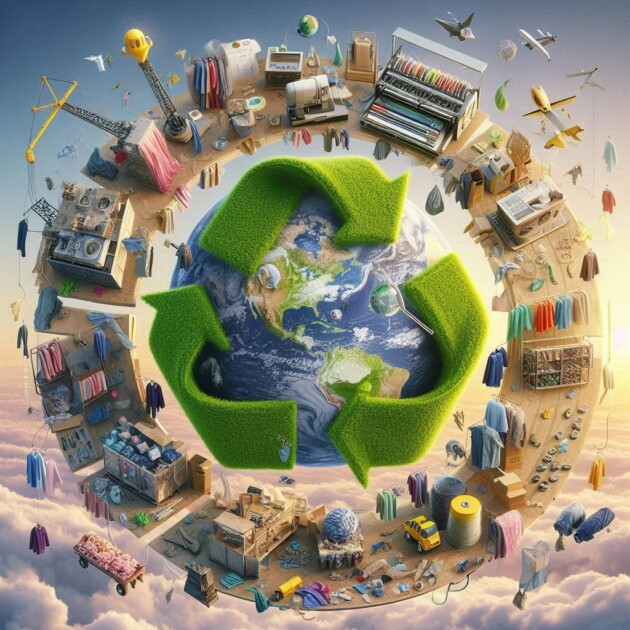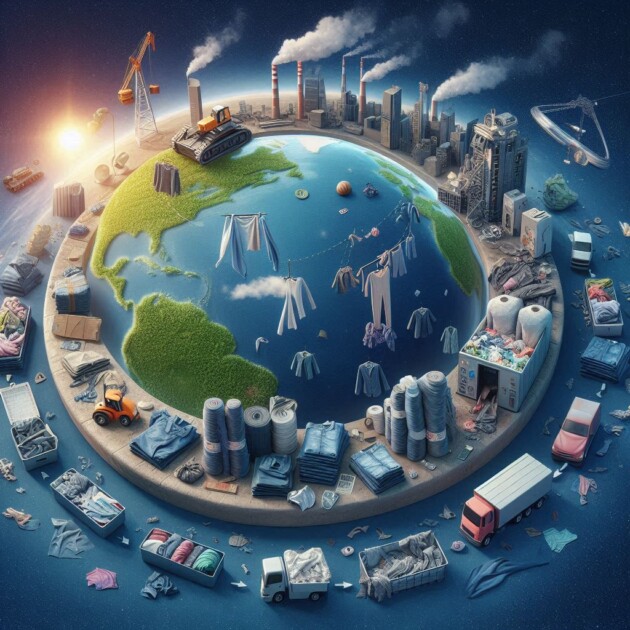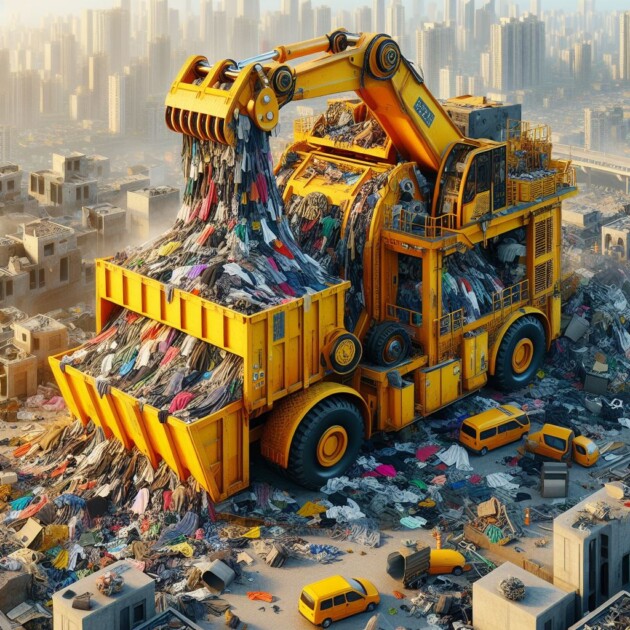From Creation to Disposal
The Lifecycle of a Garment Globally: From Creation to Disposal
Have you ever wondered what happens to your clothes when you’re done with them? The journey of a garment is complex and multifaceted, involving various stages from production to disposal. Let’s follow the lifecycle of a garment from a global perspective and explore the pros and cons at each stage.
1. Production
The lifecycle of a garment begins with production. This involves the cultivation of raw materials (like cotton or synthetic fibers), spinning them into yarn, weaving or knitting the yarn into fabric, and finally, cutting and sewing the fabric into clothing.
Pros:
- Economic Growth: The fashion industry provides jobs and supports economies, especially in developing countries.
- Innovation: Advances in textile technology can lead to more sustainable production methods.
Cons:
- Environmental Impact: The production process often involves significant water usage, chemical treatments, and energy consumption, contributing to pollution and resource depletion.
- Labor Issues: Workers in garment factories may face poor working conditions and low wages.
2. Distribution
Once produced, garments are distributed globally. This involves packaging, transportation, and retailing.
Pros:
- Global Access: Consumers worldwide have access to a variety of fashion choices.
- Economic Benefits: The distribution network supports jobs in logistics, retail, and marketing.
Cons:
- Carbon Footprint: Transportation, especially air and sea freight, contributes to greenhouse gas emissions.
- Packaging Waste: Excessive packaging materials add to environmental waste.
3. Consumption
The next stage is consumption, where consumers purchase and wear the garments.
Pros:
- Personal Expression: Fashion allows individuals to express their identity and style.
- Economic Activity: Consumer spending drives economic growth and supports the fashion industry.
Cons:
- Fast Fashion: The rise of fast fashion encourages overconsumption and short garment lifespans, leading to increased waste.
- Resource Use: Washing and maintaining clothes require water and energy.
4. Disposal
Finally, garments reach the end of their useful life and are disposed of. This can involve donation, recycling, or landfill.
Pros:
- Recycling and Upcycling: Some garments are recycled into new materials or upcycled into new products, reducing waste.
- Charity: Donated clothes can support those in need and reduce waste.
Cons:
- Landfill Waste: A significant portion of discarded clothing ends up in landfills, contributing to environmental pollution.
- Recycling Challenges: Textile recycling is complex and not all materials are easily recyclable.
The Global Perspective
Different countries handle the lifecycle of garments in various ways:
- Japan: Known for its meticulous recycling programs, Japan has advanced systems for textile recycling and upcycling.
- United States: The U.S. has a strong thrift store culture, promoting the reuse of garments through second-hand shopping.
- Germany: Germany is a leader in sustainable fashion, with brands like Peralta Clothing transforming leftover textiles into new garments.
- India: India has a rich tradition of repurposing textiles, turning old saris into new dresses and accessories.
Personal Conclusion
The lifecycle of a garment is a global journey with significant environmental and social impacts at each stage. By understanding this lifecycle, we can make more informed choices as consumers and support sustainable practices in the fashion industry. From production to disposal, every step offers opportunities for improvement and innovation.
What can you do?
- Buy Less, Choose Well: Opt for quality over quantity and support sustainable brands.
- Recycle and Donate: Ensure your old clothes are recycled or donated rather than ending up in landfills.
- Support Legislation: Advocate for policies that promote sustainable practices in the fashion industry.
By making conscious choices, we can all contribute to a more sustainable future for fashion.
What are your thoughts on the lifecycle of a garment? Share with us your experiences and ideas for promoting sustainability in fashion!








